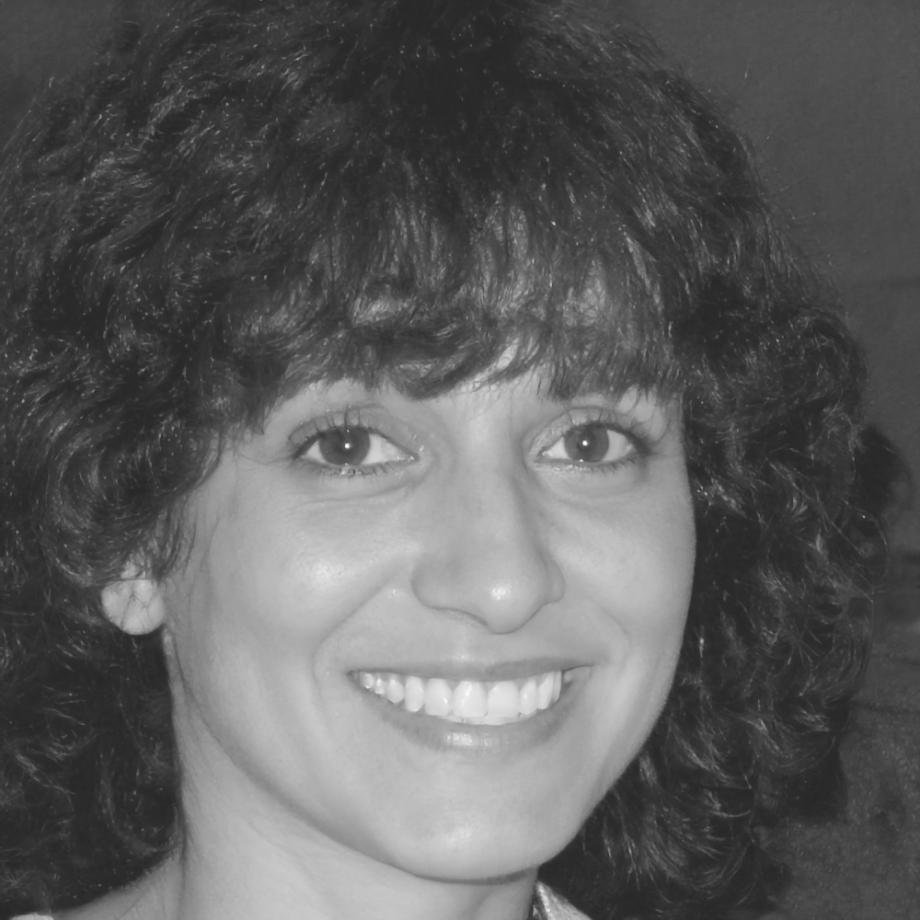Financial Modeling Mastery
A comprehensive nine-month training program designed for analysts who want to build models that actually work in real business environments. We skip the textbook fluff and focus on what you'll use every week.
Duration
36 Weeks
Start Date
September 2025
Format
Live Online
Time Commitment
12 hrs/week

What You'll Actually Learn
We've built this around scenarios that come up in real analyst work. Most training programs throw theory at you and hope it sticks. Ours walks you through building models you'll recognize from your own desk.
Foundation Structures
Getting your Excel setup right matters more than people admit. We cover shortcuts, naming conventions, and organization systems that prevent the mess most analysts create in month two. Also, the audit trail techniques that save you when someone questions your numbers.
Revenue Recognition Models
Different industries book revenue differently. You'll build models for subscription businesses, project-based companies, and hybrid situations. We include the weird edge cases that show up in actual contracts and mess with your projections.
Working Capital Analysis
Cash flow forecasting where the rubber meets the road. We get into DSO trends, inventory turns, and payment terms modeling. Plus the seasonal adjustments that textbooks skip but matter enormously in retail or manufacturing contexts.
Scenario Planning
Building sensitivity tables that executives actually use. You'll learn which variables to test, how to present ranges without drowning people in numbers, and the art of showing risk without triggering panic in the boardroom.
Valuation Frameworks
DCF models, comparable company analysis, and precedent transactions. We spend serious time on terminal value assumptions because that's where most models break down. You'll also learn when to push back on unrealistic discount rates.
Who's Teaching This

Tobias Einhardt
Lead Instructor
Spent fourteen years building models at mid-market private equity shops before switching to teaching. His models have backed over forty acquisitions, and he's debugged more broken spreadsheets than anyone should have to.
- Former VP of Financial Analysis at Westbridge Capital
- CFA charterholder since 2016
- Built acquisition models for deals worth .8B combined

Freya Lundqvist
Valuation Specialist
Came up through investment banking before moving into corporate development. Now teaches the valuation modules and reviews every student's final project. She's known for catching the assumptions that don't quite add up.
- Ten years in M&A advisory at major banks
- Led valuations across tech, healthcare, and industrial sectors
- MBA from Queen's University
How the Training Actually Works
We're not big on lectures. Most weeks follow the same pattern: watch a short walkthrough, build something yourself, then join a live session where we troubleshoot together and discuss variations. It's closer to an apprenticeship than a classroom.
Live Model Builds
Every Tuesday evening, we work through a model together in real time. You follow along, ask questions in chat, and see how decisions get made when something doesn't work as expected.
- Two-hour sessions with screen sharing
- Recording available within 24 hours
- Real datasets from anonymized companies
- Q&A after each build session
Weekly Assignments
You get a scenario, some messy data, and specific deliverables. Build your model, document your assumptions, then submit for review. Feedback comes back within five days with notes on what worked and what needs adjustment.
- Eight to twelve hours per assignment
- Detailed written feedback on structure
- Optional office hours for stuck points
- Sample solutions after submission deadline
Industry Case Studies
Every month, we dive into a specific sector: SaaS, manufacturing, retail, or healthcare. You'll build models using that industry's metrics and quirks. Then we bring in a guest analyst who actually works in that space.
- Four major industry deep-dives
- Guest practitioners from each sector
- Sector-specific templates and frameworks
- Discussion of industry standards
Program Details and Next Steps
Our next cohort starts in September 2025 with space for thirty participants. Applications open in May, and we typically fill spots by mid-July. The program runs through early June 2026, with a two-week break around the holidays.
Important Dates
